How to Create a Great Webinar Outline in Minutes Using AI Writing Tools
Kiki
09 December 2022 - 10 min
It’s no secret that webinars are a great way to reach out to your audience and share your knowledge with the world. But when it comes time to actually creating your webinar, the task could seem daunting.
How do you organize your ideas? How do you make sure everything flows together smoothly? And how can you make sure your webinar is both informative and engaging?
Thanks to AI-based writing assistants, all of these questions can be addressed quickly and cost-effectively.
These tools can help you outline your webinar in minutes, so you have more time to work on other important tasks like data gathering, visuals and delivery.
What Is a Webinar and Why Should You Create One
Webinars are a great way to share your knowledge with your audience. They can be used for a variety of purposes, such as promoting your business, teaching a new skill, or even just connecting with other people in your industry.
But what exactly is a webinar? A webinar is simply a live video presentation that takes place over the internet. This format is quickly becoming one of the most popular ways to interactively engage with large numbers of viewers.
Webinars offer a great way to build trust and credibility. By sharing your knowledge and fielding questions in real time, you can quickly establish yourself as an authority in your field.
How AI Can Help You Create a Great Webinar
When it comes to creating a great webinar, the most important step is to develop a solid outline. Your webinar outline will lay the foundation that’ll make your content feel grounded.
This is where AI-based writing tools come in handy. These tools can dramatically speed up the outline ideation stage so you can quickly generate and organize your thoughts.
The way AI writing tools work is by using artificial intelligence to train computers to “learn” the best practices for formulating an endless supply of webinar outline ideas based on a topic.
This is similar to how chess playing computers can teach a novice to defeat a more capable opponent by showing them the winning strategies, developed through playing tens of thousands of matches.
How to Create a Webinar Outline that Engages Your Audience Using AI
Without much ado, let’s illustrate the power of AI to generate great webinar outlines.
For this example, I’ll be using one of the many popular AI writing tools on the market to develop a webinar about eCommerce Marketing.
The first step is to come up with a title. For the sake of simplicity, I’m going to use:
eCommerce Marketing Strategies for Small Businesses
Next, I’m going to use Jasper, a popular AI writing tool, to develop our webinar outline.
We’ll begin by asking the AI to create a brief for our webinar, using the following command:
>write a brief
Then by providing a tone of voice:
Helpful
And finally, by supplying the tool with a keyword to focus on:
eCommerce marketing strategies
Let’s give it a spin…
Next I’m going to instruct the AI tool to generate a webinar outline based on our title and the above brief, by executing the following command:
>write a webinar outline
Great! This is something we can definitely work on.
Next, let’s add a little more meat to the bone. I’m now going to hit the blue Compose button to generate some basic content under each bullet point that we could use as a guide for our webinar, beginning with the first point:
(Note: the ## added at the beginning of each bullet point tells the AI that this is a section header)
So far so good. Next I’ll repeat the above process for the remaining bullet points:
2- eCommerce marketing strategies
3- How to optimize your eCommerce website for search engines
4- How to use social media to drive traffic to your eCommerce website
5- Email marketing for eCommerce businesses
And finally:
6- Pay-per-click advertising for eCommerce websites
Fantastic! So we have generated a pretty meaty webinar outline with fleshed-out bullet points in a matter of minutes.
All we have to do now is to refine the above content by developing some slides, creating visuals (Jasper even offers a nifty feature to generate AI art), finessing the AI content to add our personal touch, coming up with the intro and closing and finally focusing on delivery.
The Benefits of Using AI-Based Writing Tools for Webinar Creation
As you can see, AI-based writing tools have a number of benefits, including:
Efficiency: By using AI-based writing tools, you can eliminate the need to spend hours brainstorming and drafting your webinar outline. These tools can help you do all of this work in minutes, so you can focus on other important aspects of webinar creation.
Language: AI-based writing tools are incredibly human-like in their output, and they can be used to develop content that’s both original and professional sounding.
Convenience: Most AI writing tools are cloud-based, so they can be accessed from anywhere. This means that you can use them to outline your webinar even if you’re on the go.
Tips for Making Your AI-Powered Webinar Successful
Now, it goes without saying that you should never offer a webinar on a subject you know little about. While AI writing tools can be powerful allies, never use them as a surrogate for expertise.
Remember that you’ll be the one delivering the actual webinar and you’ll have to address the questions in the Q&A section on your own (no AI help here!). So, follow the common-sense tips below and you’ll ace your presentation:
1. Do your research: Before you start creating your webinar, make sure you do your research. Know your topic inside and out, and be prepared to answer any questions that come up.
2. Plan ahead: Don’t wait until the last minute to start planning your webinar. Give yourself enough time to gather all of the materials you need. While the outline creation process will be fast, you’ll still need time to create graphics, a script, conduct rehearsals, and so on.
3. Keep it short and sweet: Most webinars should last around an hour, and be no more than two hours. If you try to cram too much information in one sitting, your audience will lose focus.
4. Use visuals: Slides and other visuals can help keep your audience engaged and allow you to cover more ground in less time.
5. Get personal: webinars are a great opportunity to connect with your audience on a personal level. Ask them questions, get them involved in the discussion, and let them know who you are as a speaker.
6. Stick to a schedule: Just like any live event, webinars need a schedule in order to run on time. Make sure you stick to the timeline you’ve created so that everyone stays in lockstep.
7 Trial run: Before your webinar goes live, make sure to do several dry runs with a test audience. This will help you work out any kinks in the presentation and ensure that everything runs smoothly on the day of the event.
How to Measure the Success of Your Webinar
There are a number of ways to measure the success of your webinar. Here are a few of the most common ones:
Attendance
The most obvious way to measure the success of your webinar is to look at your attendance analytics. Things to look for are average watch time and ratio of attendees over signups.
Engagement
Another way to measure the success of your webinar is to look at engagement levels. Encourage active participation through live polls, surveys and asking your attendees questions throughout the presentation.
Social Chatter
You can also measure the success of your webinar by looking at how many people are talking about it on social media.
Follow-Up
A final way to measure the success of your webinar is to look at how many people took action after attending it. This could include joining your mailing list, downloading your slides, clicking a call to action, scheduling a call, etc.
These are just a few of the ways you can measure the success of your webinar. By looking at these factors, you’ll be able to get a good idea of how well your presentation went and what you can do to improve it next time.
Final Thoughts
Webinars are a great way to connect with your audience, share your knowledge with them, educate leads on your products or services and promote your brand.
By enlisting the help of AI technology to fast-track your outline ideation process and following the above tips, you’ll be able to create a webinar that’s both informative and engaging in record time.
Remember to stick to a schedule, use visuals, and engage with your audience. And most importantly, don’t forget to follow up with your attendees after the event!
This article is written by a guest author.
Author bio:
Marcelo Beilin is a Digital Marketing Consultant and blogger who helps clients take their traffic and online revenue to the next level. He also helps readers find the perfect tools to earn online income at BestTech2EarnOnline.com.
Try WebinarGeek today!
Start your free trial NOWRelated articles
How to use AI tools like Hedra to level up your webinar content
Whether you’re a content creator, a marketer, or a webinar host, AI tools are making it easier than ever to create high-quality, engaging content. In this post, we’ll dive into one such tool—Hedra—and explore how it can elevate your webinars.
How to save time with AI and webinars for content creation
Let’s look at how to set up an efficient content strategy using AI and webinars.
Generative imaging in Midjourney and Dall-E
Generative imaging AI offers a large range of possibilities for creating engaging and visually stunning content.
/f/110864/610x610/3f61d2467c/kiki.png)

/f/110864/2500x1313/40c3e4a35a/presentation-layouts.png)

/f/110864/2878x1582/ba14d7b1ee/writing-a-brief.jpg)
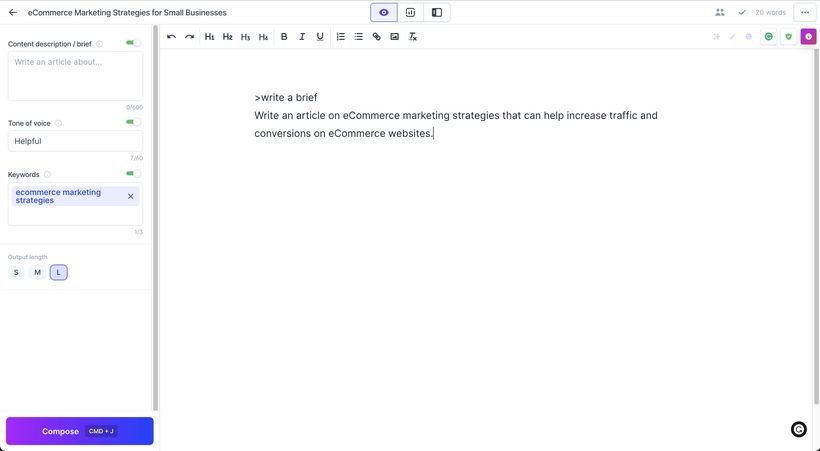
/f/110864/2880x1582/48219d8b45/write-a-webinar-outline.jpg)
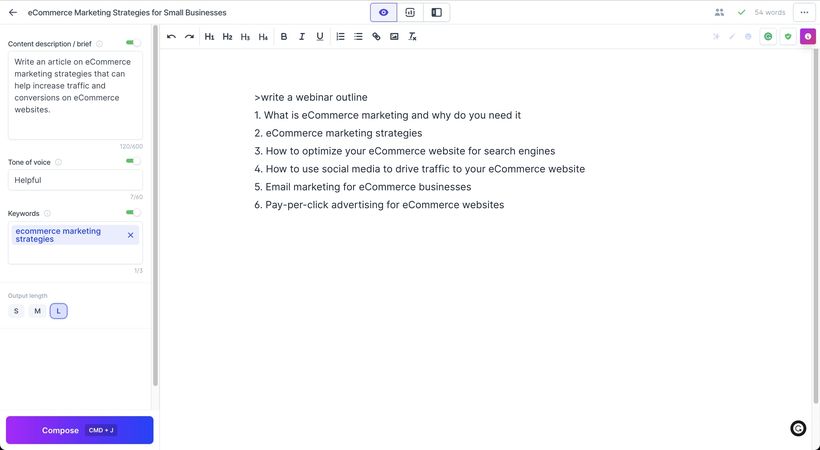
/f/110864/2880x1582/495cdab706/expand-first-bullet.jpg)

/f/110864/2880x1580/35acc62eb5/expand-second-bullet.jpg)
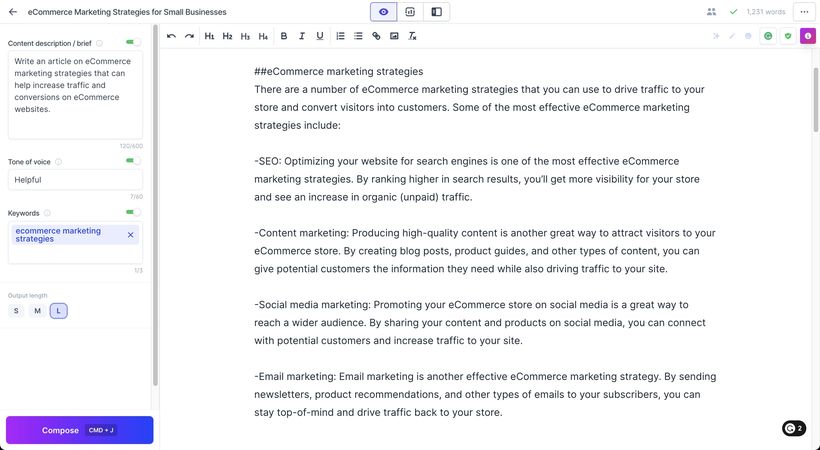
/f/110864/2528x1462/ef21de71b0/expand-third-bullet.jpg)

/f/110864/2606x1580/3750437ce3/expand-fourth-bullet.jpg)
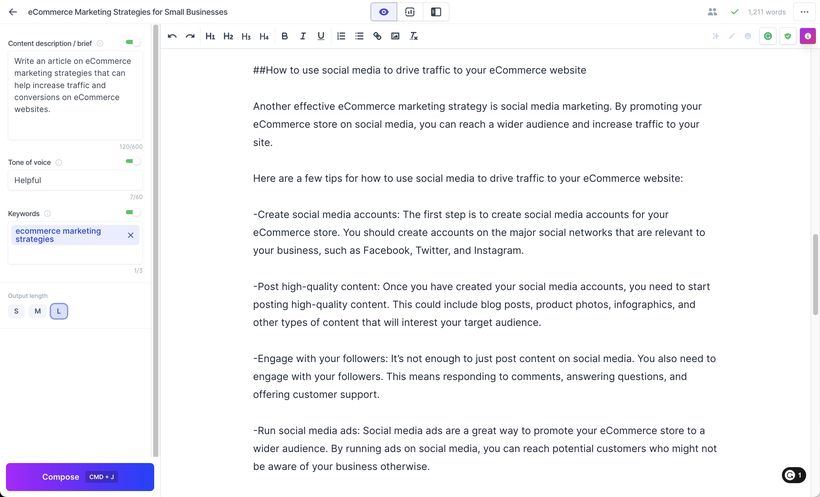
/f/110864/2606x1582/2eb1e30843/expand-fifth-bullet.jpg)
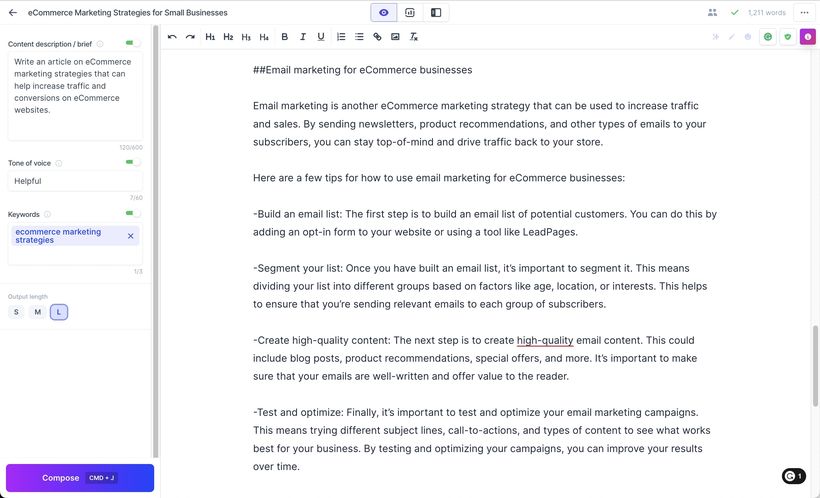
/f/110864/2634x1582/86721e1f37/expand-sixth-bullet.jpg)
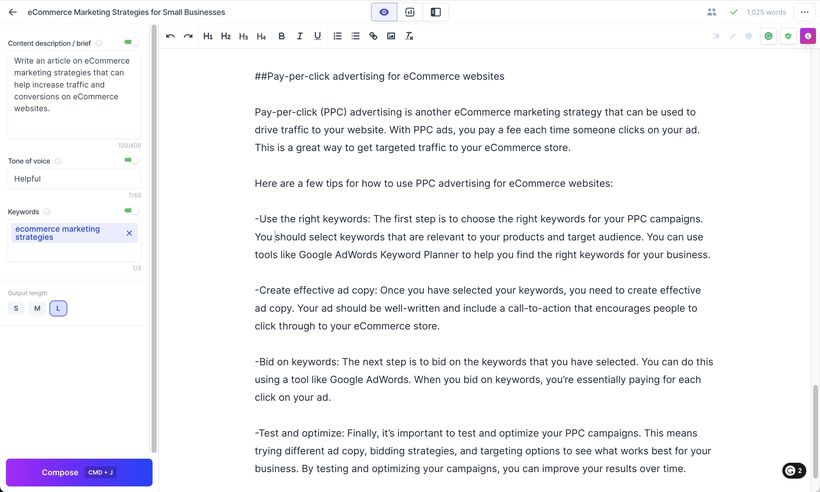
/f/110864/1920x1080/62123c89b0/thumbnail-hedra.png)

/f/110864/1920x1080/2c78d4d835/sprekervisual-4.png)

/f/110864/1920x1080/5467cb397c/sprekervisual-3.png)
